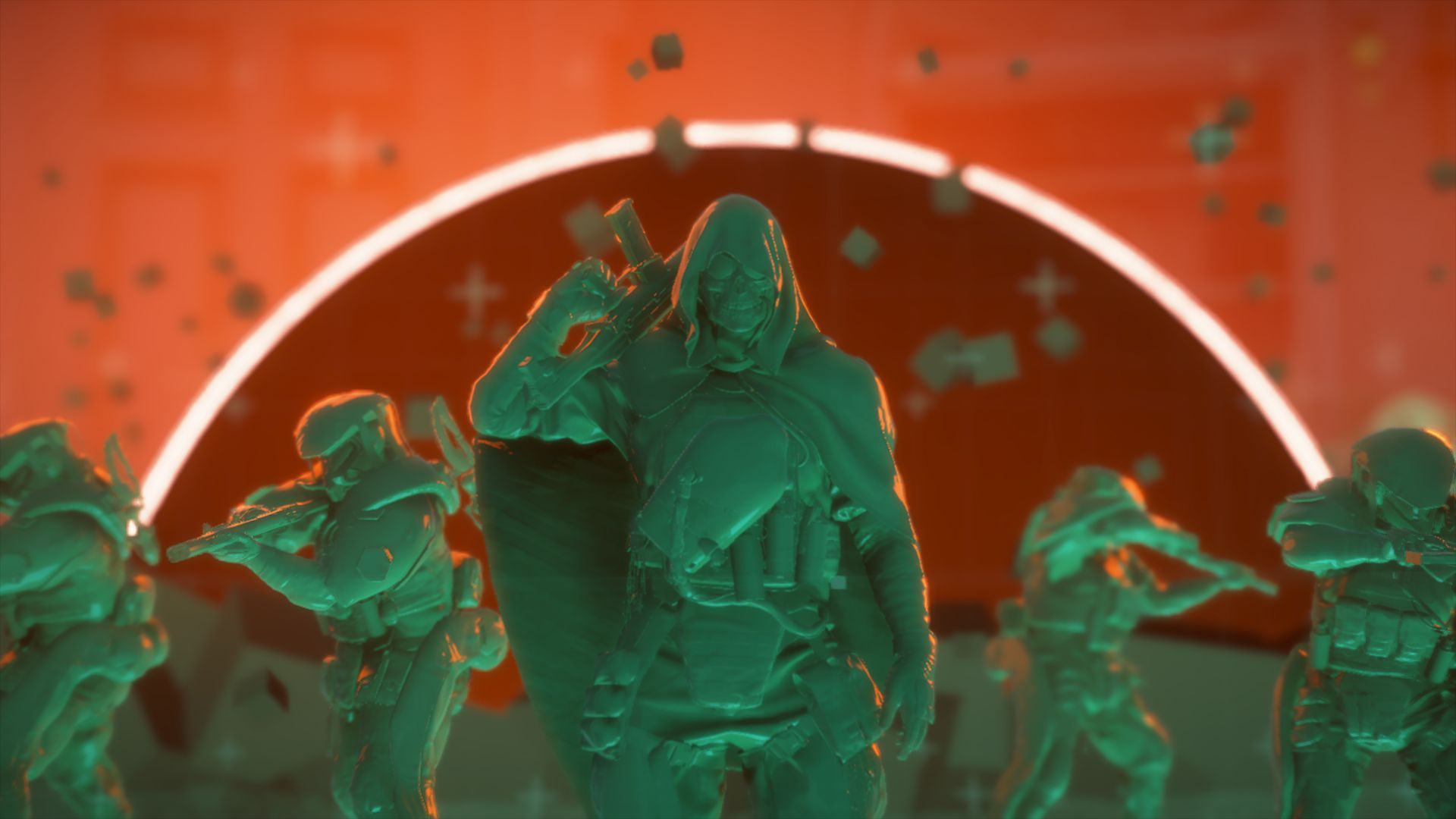
At first glance, Double Dragon Gaiden: Rise of the Dragons doesn’t stand out in the pack of recent beat-‘em-up entries. Its visuals aren’t as arresting as Streets of Rage 4, the pull of yesterday’s memories of the franchise don’t tug as hard as TMNT: Shredder’s Revenge, and it doesn’t kitbash genres together as cleverly as River City Girls 2. But in the short time I’ve spent with it so far, DDG serves as a sort of jack-of-all-trades arcadey romp, competent in every way, with some interesting mechanical tricks and strong replay potential.
I mean no shade regarding DDG’s visuals. It has a throwback, pixel art style that is a fun trip down memory lane, but not wholly unique or inspiring in and of itself. There are fun locations full of cool imagery, like the Junk Pyramids of the Anubis Gang, but I don’t know that it stands up against the richer hues and wider color palettes of some of the top of the genre. The animations of both your characters and the enemies are beautiful, and does help elevate the adventures of Jimmy, Billy, Marian, and Matin a bit. The music is lively but it’s the sound effects, specifically the deep booms of the punching and kicking, that really stand out.
The new mysterious, yet assumptively democratically-elected(?), mayor needs the crew’s help to take the crime-ridden, post-apocalyptic New York back from the control of its four major gangs. Your punch-sploits proceed in ways you can expect from then on, jumping into missions where you’ll beat up groups of enemies with your fists, random weapons, or the environment. Lacing easy to execute special moves in between your bog standard normal combos feels great, even if the combat overall feels a bit shallow. Finishing multiple enemies at once with your special moves grants you bonus health pickups, so spamming them tactically is encouraged.
Finishing multiple enemies at once with your special moves grants you bonus health pickups, so spamming them tactically is encouraged.
DDG adds a little flair to the standard side-scroller formula, though, by allowing each character to have a tag partner, essentially giving you two options for justice dispersal. Each of the four characters available during my time played quite differently, and my early go-to duo of Billy and Marian played well to cover each other’s weaknesses and gave me multiple gameplans. If rushing down a tough enemy with Billy wasn’t working out, a quick tag to Marian gave me the option to zone enemies with her relentless ranged attacks. I’ve only seen four so far, but DDG promises as many as 14 playable fighters to choose from.
Like Mega Man, you can tackle the four different gangs in any order. With that in mind, every stage you clear makes the remaining ones more difficult, as the other rival gang bosses beef up their defenses in preparation for you. Not only will there be tougher enemies, but stages also get longer and punctuated by battles with mini-bosses, which adds a level of strategy to how you choose to approach each run. Every mission has sub goals that earn you more cash if completed, like getting a certain number of special attack knockouts. After every sub-section, you can choose to spend the money you’ve earned from clobbering baddies on roguelike style buffs that can do things like add to your maximum health, or make specific special moves stronger. These are nice boons, but it remains to be seen how consequential they are to making real progress from level to level. My first run lasted about an hour and I didn’t make it to the final boss, but I’m not sure a different set of buffs would have changed that outcome at all.
Like Mega Man, you can tackle the four different gangs in any order.
At the end of each run, the money you have remaining gets converted into tokens, which you can spend at the token shop for things like new characters and artwork. Every $1000 equals one token, but that conversion can change depending on how you adjust the difficulty settings for each run. Making enemies more aggressive or giving your characters less health means you’ll need fewer dollars per token, but the opposite is true as well. This is an interesting balancing act and I’m excited to explore more of it, and the hopefully plentiful things I can spend these tokens on.
I think beat ‘em up fans have been pretty spoiled over the past few years with the various reboots of time-honored series and sequels to new classics. It may be too early to determine where Double Dragon Gaiden sits in relation to them, but its simple yet strong tag team combat and various replayability functions makes it all enticing enough to find out when this launches later this month.




